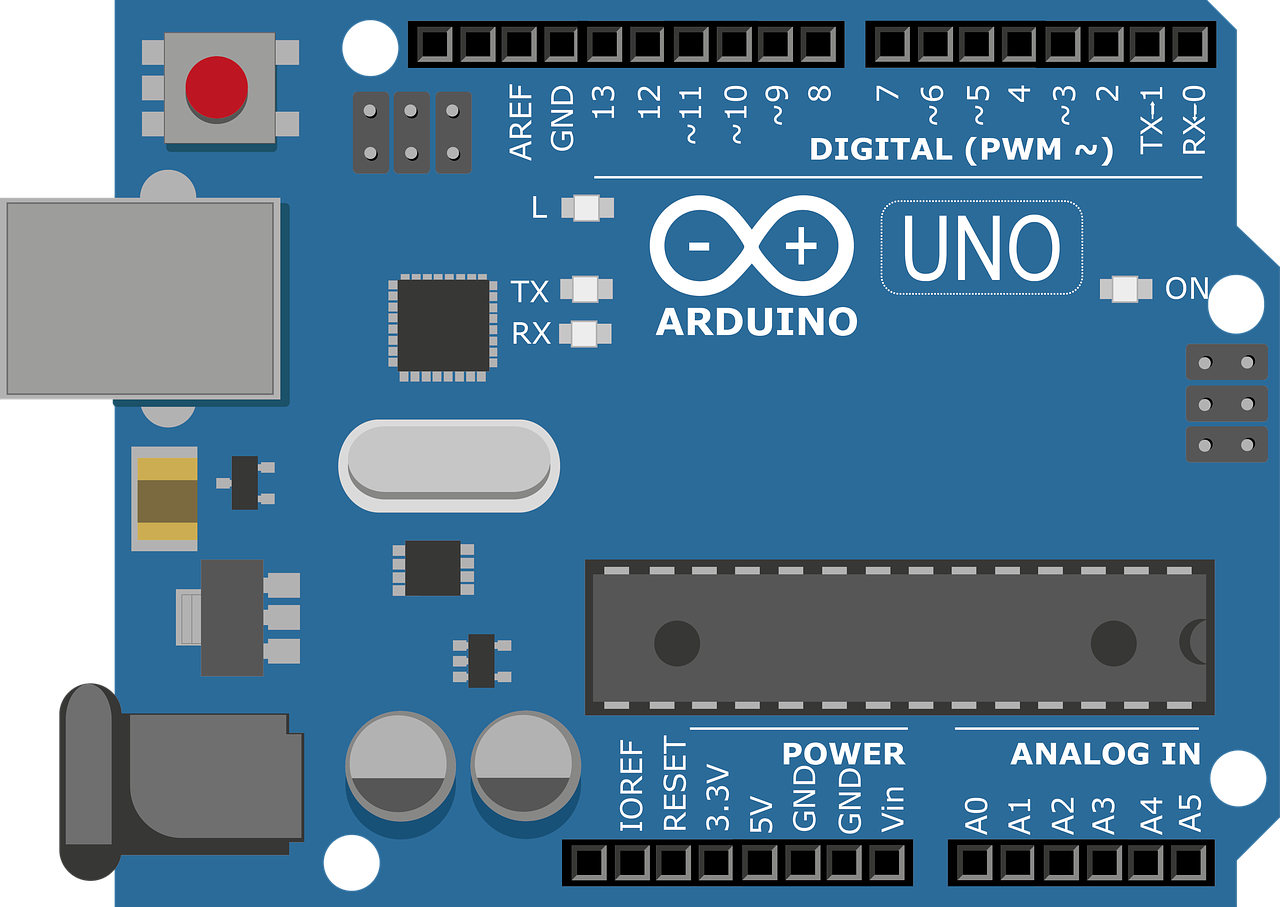水文监测技术及传感器,现状与发展趋势
Water resource management is becoming increasingly important in the face of environmental challenges such as climate change and water scarcity. One crucial aspect of this is the development and use of hydrological monitoring technologies and sensors to accurately measure and analyze water quality, flow, and temperature. In recent years, there have been significant advances in these areas, with new sensors and data processing techniques being developed to improve accuracy and efficiency.One promising area of development is the integration of artificial intelligence and machine learning into water monitoring systems. By analyzing large datasets, these technologies can identify patterns and predict future trends, helping decision-makers to respond quickly to changes in water quality or flow. Another trend is the increasing use of remote sensing technology, which allows water managers to monitor water bodies without physically being on site. This can be particularly useful for monitoring large rivers or estuaries that are difficult to access.Despite these advances, there are still many challenges facing hydrological monitoring technology and sensor development. One major issue is the need for more accurate and affordable sensors that can operate in harsh environmental conditions such as extreme temperatures or low light levels. Additionally, data collection and analysis can be time-consuming and require specialized expertise, making it difficult for smaller organizations or communities to effectively manage their water resources. However, ongoing research and development in these areas are expected to continue to improve water management practices around the world.
Water Resource Monitoring Technology and Sensors: Current Status and Development Trends

随着全球气候变化和人类活动对水资源的影响日益加剧,水文监测变得越来越重要,水文监测是指通过对地表水、地下水、河流、湖泊、水库等水体的测量和分析,以及对降雨、蒸发、径流等过程的监测,来了解和预测水文循环的变化,为了实现这些目标,需要采用一系列先进的水文监测技术和传感器,本文将对水文监测技术的现状和发展趋势进行探讨。
水文监测技术的现状
1、传统水文监测方法
传统的水文监测方法主要包括人工观测、气象观测和地形测量等,这些方法虽然简单易行,但受到人力、物力和时间的限制,无法满足现代水文监测的需求,人们开始研究和发展新的水文监测技术。
2、自动水文站
自动水文站是一种利用现代电子技术和通信技术实现的水文监测设备,它可以实时收集和传输水文要素数据,如水位、流量、湿度、温度等,自动水文站具有自动化程度高、数据可靠、连续运行时间长等优点,已经成为现代水文监测的主要手段之一。
3、遥感技术
遥感技术是一种通过卫星、飞机等远距离获取地表信息的方法,近年来,人们将遥感技术应用于水文监测中,实现了对地表水体的动态监测,通过遥感图像,可以实时了解地表水体的分布、变化和污染状况,为水资源管理和环境规划提供科学依据。
4、地理信息系统(GIS)
地理信息系统是一种以地理空间数据为基础,进行地理空间分析和管理的计算机系统,在水文监测中,GIS可以实现对水文数据的快速处理、分析和可视化展示,为决策者提供直观的信息支持,GIS还可以与其他水文监测技术和传感器相结合,实现多源数据的融合分析。
水文监测技术的发展趋势
1、集成化技术

未来水文监测技术将更加注重系统集成,实现多种监测手段的有机结合,这包括将自动水文站与遥感技术、GIS等相结合,实现对地表水体的全面、多维度监测,还将探索利用人工智能、物联网等新兴技术,提高水文监测的自动化程度和智能化水平。
2、高精度技术
随着科学技术的进步,人们对水文数据的精度要求越来越高,未来水文监测技术将朝着高精度、高灵敏度的方向发展,这包括采用更先进的传感器技术,提高数据采集的精度;采用更复杂的数据处理方法,减少数据误差;以及开发新的算法模型,提高数据的解释性和应用价值。
3、多功能性技术
未来的水文监测技术将具有更强的多功能性,除了实现对地表水体的常规监测外,还将具备环境监测、生态评估、灾害预警等功能,通过对水质、氧气含量、叶绿素浓度等指标的监测,可以评估水域生态系统的健康状况;通过对降雨量、气温等指标的预测和分析,可以提前预警洪水、干旱等自然灾害。
4、网络化技术
随着互联网技术的普及和发展,未来的水文监测将具有更强的网络化特征,这包括建立全球范围内的水文监测网络,实现跨国界、跨区域的数据共享和交流;利用移动互联网和可穿戴设备,实现对现场水文数据的实时采集和处理;以及利用云计算和大数据技术,实现对海量水文数据的存储和管理。
水文监测技术及传感器的发展对于保障水资源安全、促进可持续发展具有重要意义,随着科技的不断进步,未来水文监测技术将更加集成化、高精度、多功能和网络化,为人类应对水资源挑战提供强大的科技支撑。
Articles related to the knowledge points of this article:
Hydrologic Monitoring Cross-Section Signs: Importance and Application
High-Quality Hydrological Monitoring: The Importance and Application
Title: Understanding the Location of Network Cards in Hydrological Monitoring Equipment
Guangxi Hydrological Monitoring Website
Harbin Hydrographic Survey Borehole Drilling: Importance and Challenges